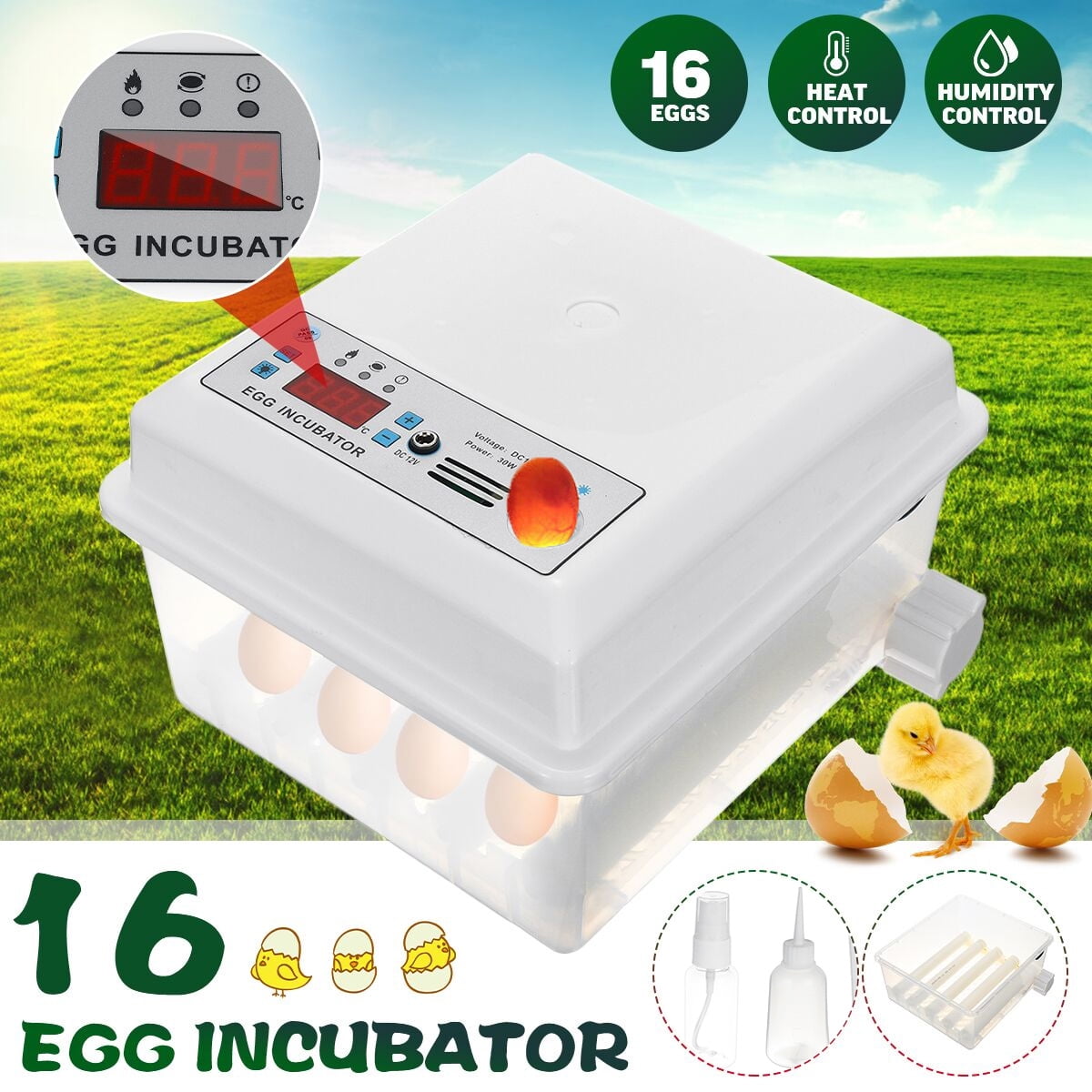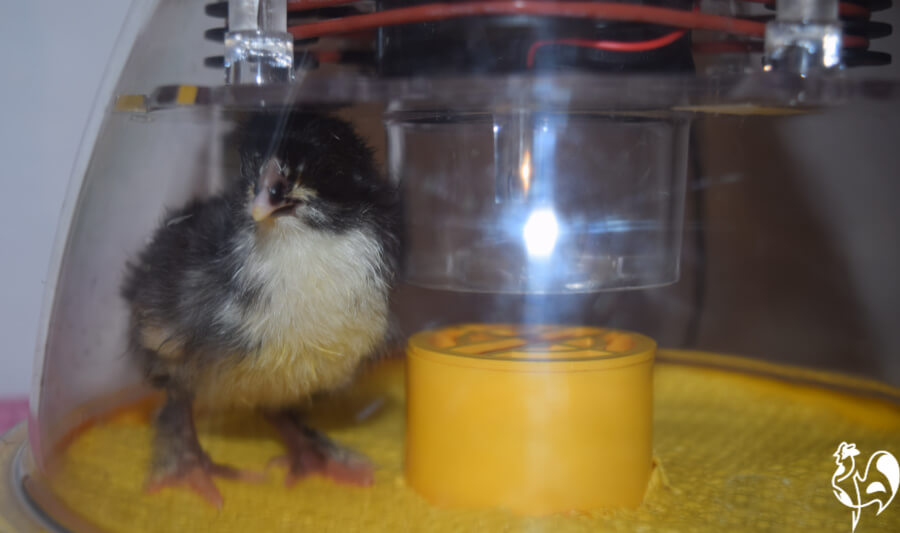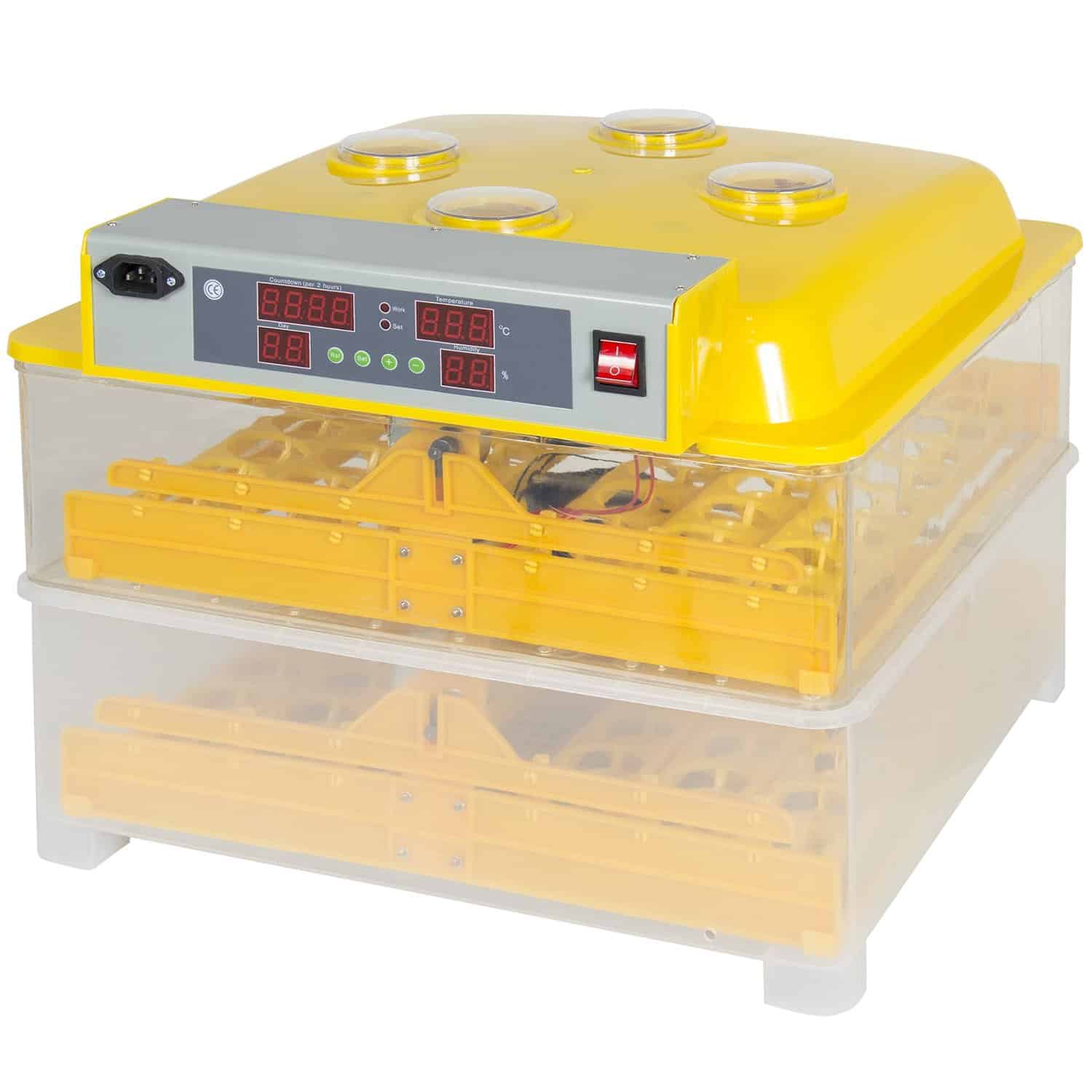


In multi-stage incubation the setter contains eggs of different embryonic ages, usually 3 to 6 age groups. The advantage of single-stage incubation is that climate conditions can be adjusted according to the needs of all the growing embryo. In single-stage incubation, the incubator contains only eggs of the same embryonic age. In industrial incubation, there are two common used methods of incubation: single-stage and multi-stage. Incubating different species of birds at the same time is possible within the same incubator. Robustness is a health criterion, originating in the embryonic life stage of the chicken – and correlating directly with the performance and resistance of individual chicks under differing farm conditions. The modern hatchery manager's goal is to produce large numbers of uniform, robust, day-old chicks. The incubator also allows the egg to incubate while eliminating the external threats that could possibly harm the eggs.

The incubator is now on display at the FDA headquarters in Silver Spring, Maryland.Īn incubator should be able to set the perfect environment and condition for an egg to incubate because it regulates the factors such as temperature, humidity, and turning the eggs when necessary, so the egg is incubated properly because it plays the role of the hen in its natural state. Food and Drug Administration during the 1960s to 1980s. Purposes Ī small incubator used to hatch quail eggs for nutrition research at the U. The innovation of the electrically powered incubator with expanded capacity (early on Petersime offered a model holding 15,000 eggs) encouraged the growth of large scale commercial hatcheries. They were granted numerous patents on design features and subsequent improvements. Shortly thereafter he and his son, Ray, began manufacturing the incubators. Petersime of Gettysburg, Ohio, USA is credited with inventing the electric egg incubator in 1922.

The first commercial machine was made by Hearson in the year of 1881. Lyman Byce created a coal lamp incubator in 1879. Réaumur used the thermometer in his design for an artificial incubator, presented to the Académie des sciences in 1747, and published in 1749 as l’Art de faire éclore et d'élever en toute saison des oiseaux domestiques de toutes espèces, soit par le moyen de la chaleur du fumier, soit par le moyen de celle du feu ordinaire, or "The art of hatching and rearing domestic birds of all species in all seasons, either by means of the heat of manure or by means of ordinary fire". Controlled scientific incubation required the accurate and repeatable measurement of temperature, such as the alcohol-based thermometer proposed by the French naturalist and scientist René Antoine Ferchault de Réaumur in 1730, and the temperature scale named after him.


 0 kommentar(er)
0 kommentar(er)
